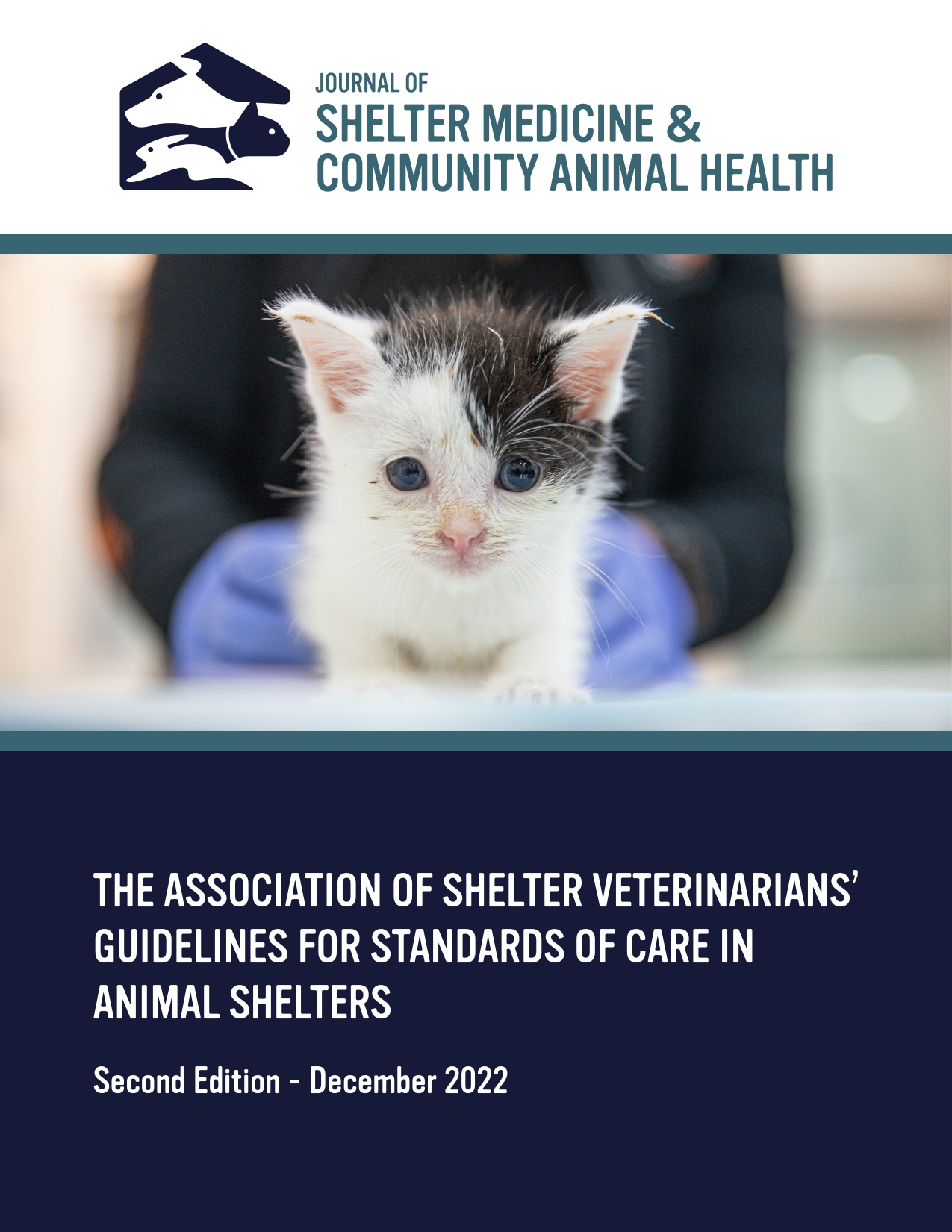Impact of Peripheral Warming and Insulation Using Highly-Insulating Materials on Core Temperature in Cats During Anesthesia: A Multi-Arm Randomized Trial [Abstract]
DOI:
https://doi.org/10.56771/jsmcah.v4.134Abstract
Introduction
It is estimated that 71% of feline patients experience hypothermia during anesthesia,1 a condition that significantly impacts postoperative recovery.2 Veterinary clinics commonly cover feline extremities during anesthesia to decrease the rate of heat loss, with cotton toddler socks being the most frequent material. However, this is ineffective, possibly due to poor insulation.3 The objective of this study was to evaluate whether covering the extremities of cats with highly-insulating materials with or without active warming slows the rate of temperature decrease during anesthesia.
Methods
Female cats undergoing ovariohysterectomy in a veterinary student surgical program were block randomized to active warming (insulation with heating element), passive insulation (insulation only), or control (no covering). Insulating devices comprised two layers of down blanket. Core body temperature was recorded every minute from induction through recovery. Multivariable linear regression was used to evaluate the rate of temperature decrease and lowest recorded temperature. Results Forty-nine female cats were enrolled. In the first 30 minutes, controls decreased by 0.12 °F/min, passive 0.11 °F/min and active 0.09 °F/min, all P < 0.0001. After 30 minutes, temperature decline slowed, with rates of 0.05 °F/min for controls, 0.03 °F/min for passive, and 0.01 °F/min for active. After two hours, the lowest recorded temperatures were predicted to be 1.2 °F and 1.9 °F, higher in the passive and active groups, respectively (both P = 0.001).
Conclusion
Covering the extremities of cats undergoing anesthesia with highly-insulating materials slows core temperature decrease and results in a lowest temperature between 1 and 2 °F greater than controls. While active warming has a greater effect than passive insulation, the absolute difference in lowest temperature, 0.7 °F, may not justify the additional challenges of adding a heating source.
Financial Support and Conflict of Interests Financial support was provided by Midwestern University startup funds.
Downloads
References
1. Redondo JI, Suesta P, Gil L, Soler G, Serra I, Soler C. Retrospective study of the preva-lence of postanaesthetic hypothermia in cats. Veterinary Record. 2012 Feb;170(8):206–206.
2. Pottie RG, Dart CM, Perkins NR, Hodgson DR. Effect of hypothermia on recovery from general anaesthesia in the dog. Aust Vet J. 2007 Apr;85(4):158–62.
3. Kreisler RE, MacDonald LJ, Mensing RN, Hoffmann ER, Keary CG, Padilla KN, et al. Ef-fects of peripheral active warming and passive insulation on core body temperature during feline ovariohysterectomy: a multi-arm randomized clinical trial. Journal of Fe-line Medicine and Surgery. 2023 Mar 3;25(3).
Published
Issue
Section
License
Copyright (c) 2025 The Authors

This work is licensed under a Creative Commons Attribution 4.0 International License.










